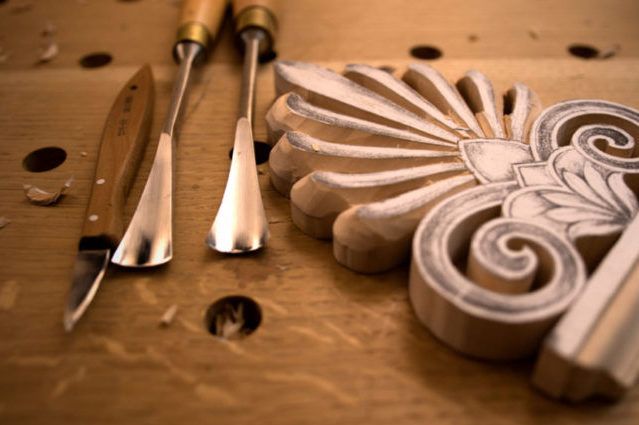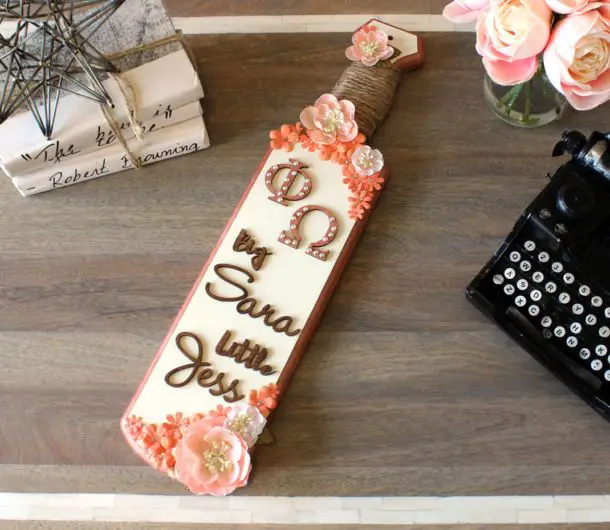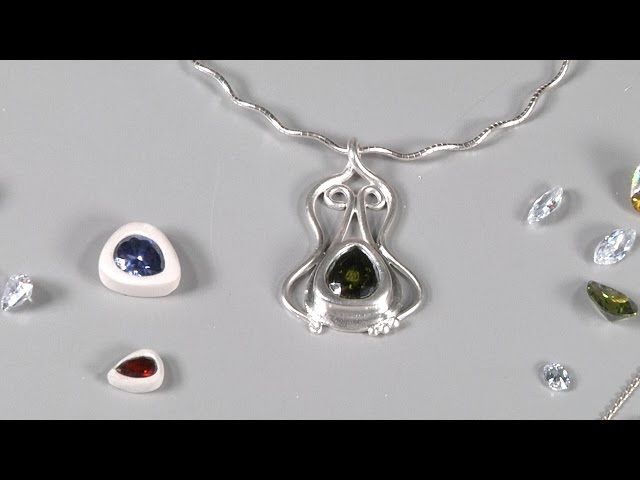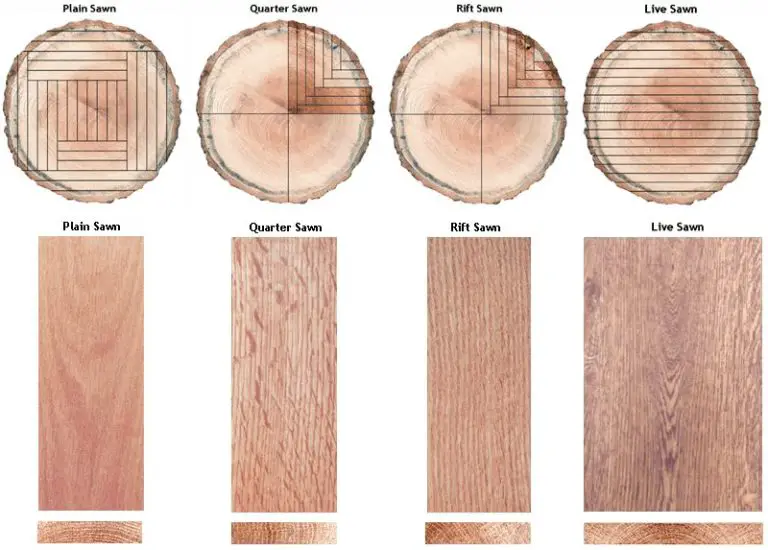Should All Curtain Rods In A House Match?
Curtain rods have been used to hang window treatments for centuries, dating back to ancient Egypt, Rome, and Greece. Their main purpose is utilitarian – to mount curtains and drapes over windows, doors, and other openings. But they also serve decorative functions, complementing the style of a room’s furnishings and architecture.
Today curtain rods come in a staggering array of sizes, shapes, materials, and designs. They can be simple or ornate, blending in or standing out. With this abundance of choice, the question arises: should all the curtain rods in a house match?
This article will examine the pros and cons of matching vs. non-matching curtain rods, and provide tips on when to choose one approach over the other. Design considerations like room function, architectural style, and decorating goals will be covered. The latest curtain rod styles and cost comparisons will also be discussed.
Pros of Matching Curtain Rods
One of the biggest pros of using matching curtain rods throughout a home is that it creates a cohesive and consistent look. When all of the curtain rods match in style, color, and finish, it helps tie the whole home together visually. Matching rods give a coordinated flow from room to room.
Using the same rods provides consistency in the style and aesthetic of the home. For example, if you choose antique bronze rods, having them in every room reinforces that traditional style. Or if you opt for sleek, modern metallic rods, the uniform look enhances the contemporary vibe. Matching rods help establish a theme and motif for the home’s decor.
In addition, matching rods allow you to layer in visual interest through the curtains themselves. With the rods acting as a constant, you can vary the curtain fabrics, patterns, and colors for each room. The rods anchor the look while the curtains provide diversity.
Overall, matching curtain rods create a pulled-together, intentional look for a home’s window treatments. It provides cohesion across multiple rooms for a seamless and harmonious style.
Cons of Matching Curtain Rods
While matching curtain rods can provide a sense of cohesion, many interior designers argue this uniformity can sometimes be boring and limit one’s creativity. Designer Juliette Byrne warns that using the same curtains and rods in every room can make a home feel “monotonous” (source). She advises mixing up styles, colors, and patterns to give each room its own identity.
Matching rods room to room does not allow you to customize different spaces according to their unique needs. For example, a living room and bedroom serve very different functions – one for entertaining, the other for rest and privacy. Their window treatments should suit those specific purposes. Matching everything creates a “showhome” look, says interior designer Nadine Revitt, whereas thoughtful variation makes a home feel curated and collected over time (source).
When to Use Matching Curtain Rods
An area where matching curtain rods can provide a polished, cohesive look is in formal living spaces such as the living room, dining room and master bedroom. These spaces are often used to entertain guests, so maintaining a formal, consistent aesthetic is important. Matching curtain rods help establish a sense of harmony and intentionality in the design of these spaces. They show that care was taken in selecting all the decorative elements in the room, right down to the window treatments. This level of attention to detail is appreciated in formal settings.

In addition, having matching curtain rods in formal living areas lends a luxurious, upscale ambiance to the room. The uniformity of the rods makes them almost disappear into the background, letting the beautiful curtains and windows be the focal point. So if you want to elevate the look of your main living spaces to create an impressive setting for entertaining, implementing matching curtain rods can be an effective design strategy.
When to Use Non-Matching Curtain Rods
Using non-matching curtain rods can work well in more informal spaces like bedrooms, especially those with an eclectic or bohemian style. Mixing and matching materials, colors, and styles in the bedroom can create a relaxed, collected look over time. According to Houzz, “If a room has a door, they don’t need to match” (Source).
If your bedroom has an assortment of mismatched antique or vintage furniture, consider using a few different curtain rods as well to enhance that curated feel. You don’t necessarily need to match the curtain rods to furniture finishes, but complementary metals, wood tones, or colors will look cohesive. For example, an antique brass rod could pair well with a vintage oak dresser. Using the same style of rod but in different finishes, like black metal in one window and brass metal in another, can also work.
In smaller bedrooms with multiple windows, having two different curtain rod styles can help visually separate spaces. A heavier, decorative rod over the bed might contrast nicely with simple metal rods at the windows. Just take care that the variety still looks purposeful overall.
Design Considerations
When choosing curtain rods, it’s important to consider the size and layout of the room. The rod length should be wide enough to cover the entire window area. For floor-to-ceiling windows, extend the rod 2-3 inches past the window frame on each side. In rooms with high ceilings, longer rods may be needed to draw the eye upwards and make the space feel proportional.
The diameter of the rod should also suit the room. Thicker rods can handle heavier curtains and make more of a statement in large rooms. For smaller windows, thinner rods from 1/2″ to 1″ are often best. The Emily Henderson design blog recommends the following diameters based on window height:
- Under 48″ tall: 5/8″ diameter
- 48-72″ tall: 3/4″ – 1″ diameter
- 72-96″ tall: 1 1/4″ – 1 1/2″ diameter
- Over 96″ tall: 1 1/2″ – 2″ diameter
The window configuration also impacts the rod style. For bay windows, curved rods provide a smooth look. For grouped windows, multiple rods can align or one long rod can cover the entire area.
Popular Styles of Curtain Rods
Some of the most popular styles of curtain rods include wood, metal, and crystal rods.
Wood curtain rods[1] come in a variety of finishes like maple, oak, cherry, and more. They have a warm, natural look that works well in traditional, rustic, or farmhouse decors. Wood rods can be simple, elegant poles or more ornate rods with carved details and finials.
Metal curtain rods[2] offer great strength and durability. Common metals include steel, aluminum, brass, nickel, and iron. Metal rods have a clean, simple appearance and industrial vibe. They’re often used in modern or contemporary rooms. Finishes range from shiny chrome to antique brass.
Crystal curtain rods add a touch of glamour with sparkling accents. They feature clear or colored crystals, or crystal-cut glass beads. The crystals can cover the entire rod or just the finials. Crystal rods work well in elegant spaces like master bedrooms.
Cost Comparison
When deciding whether to use matching or non-matching curtain rods, cost is an important consideration. Matching curtain rods generally come at a premium price compared to mixing and matching rods.
For a standard window, a matching curtain rod set consisting of a single rod and two finials can range from $30-$60 from most retailers. Purchasing multiples to outfit several windows in a home can quickly become expensive. Non-matching rods allow more flexibility to mix and match individual components across different windows. Finials can be used interchangeably on rods of the same diameter. This provides opportunities to cut costs through buying rods and finials separately while still creating a cohesive look.
According to sources like Homewyse, the average cost to install a basic curtain rod is $80-$250. Opting for matching rods across all windows would be at the high end of this range. Going with mixed rods allows the flexibility to install some yourself to save on labor costs. Key things that impact install costs include rod length, weight, and labor rates which can vary by location.
Overall, matching rods certainly look more uniform but come at a higher upfront cost. Non-matching rods provide more flexibility to mix and match while saving money. Consider both the budget and design goals to determine if matching rods are worth the investment for a space.
Expert Tips and Recommendations
Many interior designers recommend keeping curtain rods consistent throughout a home for a cohesive look. According to Havenly, using the same style and color curtain rods in each room creates visual harmony and makes spaces flow together (https://havenly.com/blog/how-to-hang-curtains). The Spruce also advises choosing matching finials at each end of curtain rods to tie a room’s style together (https://www.thespruce.com/how-to-hang-drapes-2213455).
However, some designers say matching rods aren’t always necessary. If rooms serve distinctly different purposes, like a bedroom versus kitchen, non-matching rods may work fine. The main consideration is whether the varied styles flow and make sense together. Using finishes in the same metal family, like brushed nickel and oil-rubbed bronze, can create cohesion without exact matches.
When selecting rods, choose a style, finish, and thickness that complements the room’s existing decor. Experts recommend extending the rod 6+ inches beyond the window frame for optimal light control and a polished look. Install at a height that aligns with the top of the window trim for a designer appearance.
Conclusion
In summary, there are benefits and drawbacks to both matching and non-matching curtain rods in a home. Matching rods can provide a sense of cohesiveness and flow between rooms. However, non-matching rods allow you to customize each space and showcase your unique style.
When deciding whether to match your curtain rods, consider factors like the existing decor, how open or closed off each room is, and your overall design goals. Matching rods tend to work best in more open floor plans, while non-matching rods give you more flexibility in closed-off rooms.
Ultimately, choose the option that fits your personal taste and design aesthetic. Mix and match materials, colors and styles to strike the right balance for your home. Pay attention to proportions and quality, and don’t be afraid to get creative. With the right curtain rods, you can bring together or distinguish different spaces while adding beauty and functionality.





